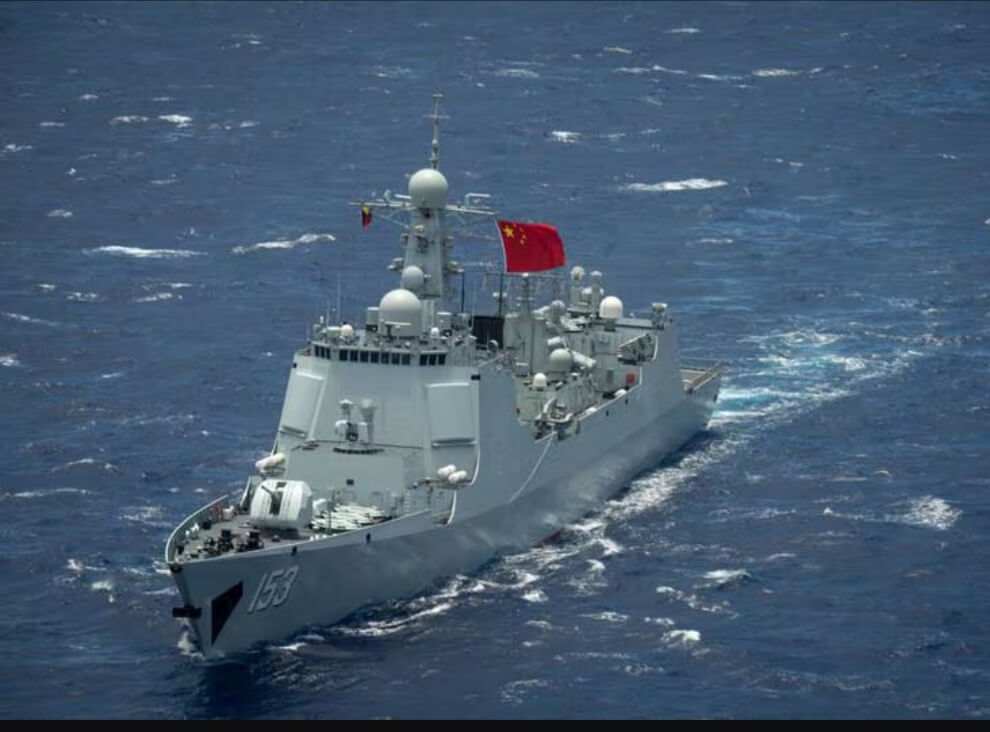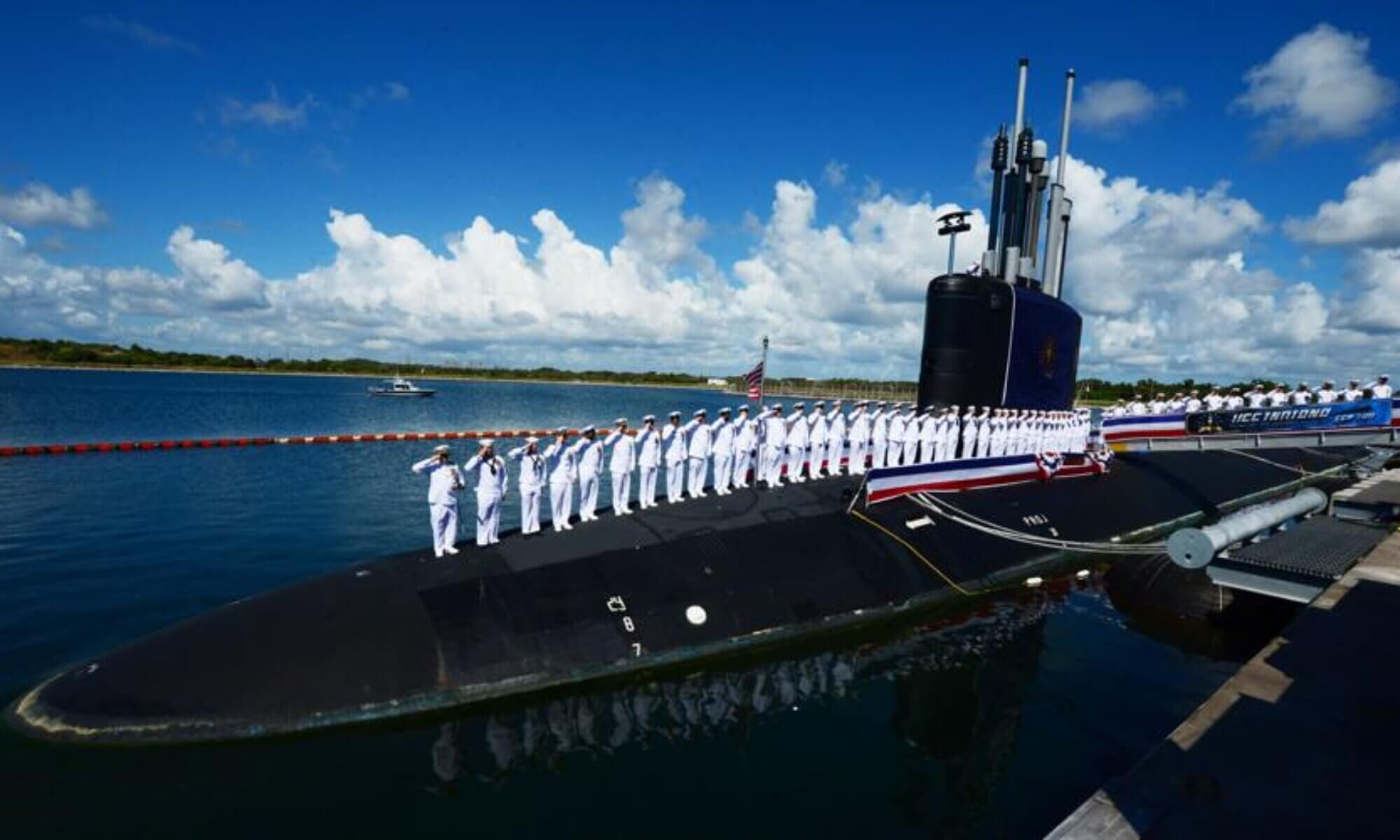
Introduction:
In our ongoing series “Charting the Course: Navigating the Future of U.S. Naval Power in the Face of Chinese Challenges,” we continue to unravel the intricate tapestry of geopolitical maneuvers and military posturing that defines the current state of affairs in the Indo-Pacific region.
Last week, we laid the groundwork by examining the overarching themes of China’s maritime ambitions and their implications for global maritime security.
This week, we delve deeper into recent developments that further underscore the urgency and complexity of the challenges at hand.
Building upon our previous discussions, this installment aims to shed light on the escalating tensions in the South China Sea, particularly through the lens of a recent incident involving the Chinese coast guard and a Taiwanese tourist boat, as well as the broader implications of China’s unprecedented military buildup.
Join us as we navigate these turbulent waters, seeking pathways toward strategic vigilance and collaborative security in an increasingly contested domain.
Recent Developments and Escalating Tensions: A concerning incident reported by Reuters on February 19, 2024, involved Chinese coast guard personnel boarding a Taiwanese tourist boat near the Taiwan-controlled Kinmen islands. This escalation, following China’s announcement to strengthen law enforcement activity in the area, highlights the growing tensions near these frontline islands. The Taiwanese coast guard’s response, calling for peace and rationality, reflects the precarious balance in the region (“China coast guard boarded Taiwanese boat near frontline islands, Taiwan says,” Reuters, by Yimou Lee and Ben Blanchard).
Simultaneously, the rapid military buildup by China, described by U.S. Navy Adm. John Aquilino as unprecedented since World War II, brings into sharp focus the strategic timeline that China might be operating under. Aquilino’s warning, as reported by Matthew Loh in Insider on March 20, 2024, that China could be ready to invade Taiwan by 2027, demands a reassessment of strategic priorities and preparedness measures (“China is building its military on a ‘scale not seen since WWII’ and is on track to be able to invade Taiwan by 2027: US admiral,” Insider).
Implications for the Navy: These developments highlight the imperative for the U.S. Navy to enhance its strategic readiness and adaptability. The prospect of increased confrontations in the South China Sea, combined with the looming possibility of a more significant conflict over Taiwan, necessitates a robust and forward-looking naval strategy. This strategy must account for the multifaceted nature of modern warfare, encompassing not just traditional military capabilities but also cyber, space, and information domains.
The Role of Alliances and Diplomacy: In navigating these turbulent waters, the strength and cohesion of international alliances have never been more critical. Diplomatic efforts must be intensified to de-escalate tensions, promote conflict resolution, and ensure the freedom of navigation in international waters. Building on shared values and mutual security interests, the U.S. must work closely with its allies and partners in the Indo-Pacific to present a united front against unilateral actions that undermine regional stability and international norms.
Advocating for Preparedness and Diplomatic Engagement: As tensions rise, “Americans for a Stronger Navy” advocates for a dual approach that emphasizes both preparedness and diplomatic engagement. Increased investment in the Navy, aimed at ensuring readiness for any contingency, must go hand in hand with a renewed commitment to diplomacy and international cooperation. By fostering open dialogue and collaborative security initiatives, we can work towards a future where peace and stability prevail in the Indo-Pacific and beyond.
Conclusion: The incident near the Kinmen islands and China’s pronounced military buildup serve as stark reminders of the evolving security landscape in the South China Sea and the broader Indo-Pacific region. As we continue to chart our course through these challenging waters, a balanced approach that prioritizes strategic readiness, reinforced alliances, and diplomatic efforts will be essential in safeguarding the principles of freedom and stability that underpin global maritime security.

